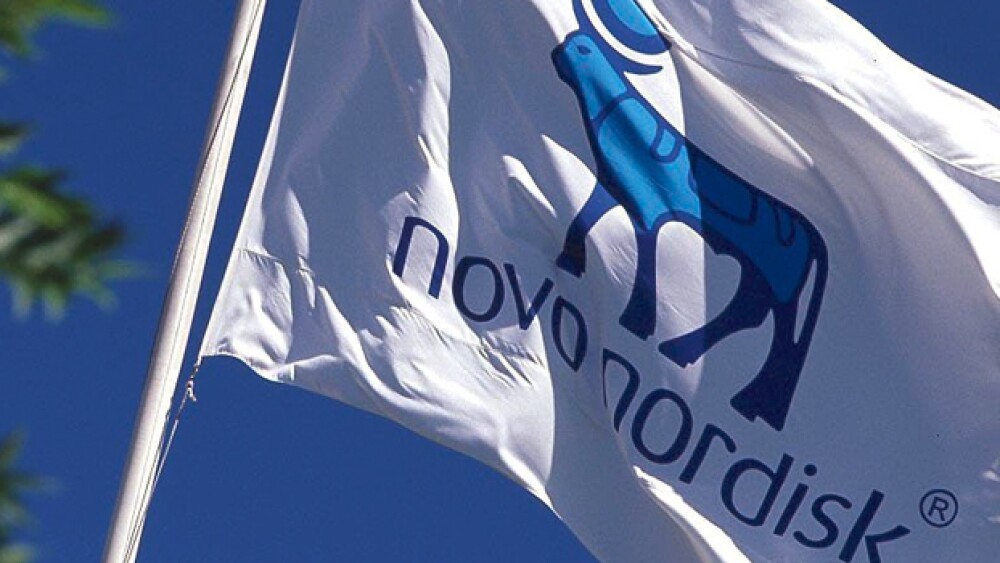In late March, Novo Nordisk broke ground on a new manufacturing facility in rural Clayton, North Carolina.
In late March, Novo Nordisk broke ground on a new manufacturing facility in rural Clayton, North Carolina. It’s not unusual for small communities to both welcome the jobs and business, while expressing concern over the changes to the community, and Clayton is no different.
The manufacturing plant will make active pharmaceutical ingredients (API) for several of Novo Nordisk’s current and future GLP-1 and insulin medicines for diabetes patients. The plan is expected to be fully operational in 2020.
The facility will have 833,000 square feet with a footprint of 417,639 square feet. It is expected to create almost 700 new jobs, bringing the total to 1,700, which is exceptional when you consider that in the 2010 census, Clayton had a population of 16,116, currently around 20,000.
The jobs will have an average salary of $68,000, which is $22,000 more than the current average salary and $15,000 more than the median household income in Johnston County. The company also projects an employment effect during the construction period of up to 2,500 people.
The new site is adjacent to Novo Nordisks’ 457,000 square feet Clayton facility, which has expanded several times since 1996. Novo Nordisk is investing $2 billion into production facilities in Clayton; Malov, Denmark; and Kalundborg, Denmark, with most of it, $1.8 billion, going into the Clayton site.
Still, it’s a bit of a change for the community. The town’s mayor, Jody McLeod, told STAT,“We’ve gone from the farm to the pharm. I used to work in the tobacco fields during the summers. Then those tobacco fields became subdivisions. Then the industry came in.”
It’s not as if the area is unfamiliar with biopharma. It’s basically a suburb of Raleigh, and not far from Durham and Research Triangle Park. This is an area rife with biopharma companies, including Argos Therapeutics, BioAgilytix Labs, bioMerieux,FUJIFILM Diosynth Biotechnologies, and others.
Roger Hill, a minister at the Powhatan Original Free Will, the 130-year-old Baptist Church in the area, tells STAT,“They’ve been good neighbors. I wonder in the back of my mind, with Novo continuing to expand, how long will it be until they’ll consider buying the property our church is on?”
Local officials pledged more than $100 million in corporate subsidies to Novo Nordisk.
The U.S. diabetes market has been tough, with insurers pushing back on pricing for drugs. It’s also a hotly contested market, with Eli Lilly’s Trulicity, an injectable GLP-1, Novo Nordisk’s Victoza, also an injectable GLP-1 battling for market share. Sanofi is also a major player in the diabetes market. In February 2018, Novo Nordisk announced results of its Phase III clinical trial of GLP-1 oral semaglutide. The drug met its primary statistical endpoint, showing significant and superior improvements in HbA1c for all three doses compared to placebo. The 14 mg dose also showed significant and superior weight loss compared to placebo.
The company has nine additional ongoing PIONEER trials of the drug this year and expects to make regulatory submissions in 2019.
The North Carolina plant is in part of what has been dubbed the “diabetes belt,” which ranges from Louisiana up to West Virginia and over to North Carolina. This is where there is a higher rate of diabetes in the U.S.
Before the plants were set in Clayton, Novo Nordisk’s APIs were manufactured in Denmark. The ones in the U.S., such as in Clayton or other areas outside of Denmark, manufactured medical devices or assemble packaging. At this point, although details of what will be manufactured at the Clayton site are vague, it looks like it will make insulin injectables and GLP-1, the hormone first derived from Gila monster venom, that stimulates insulin production. A Novo Nordisk spokesperson said it would “ensure diabetes production capacity in the U.S. for the decade ahead.”
For the most part, local officials are happy about Novo Nordisk’s growth and continuing presence. But it’s not without its downside. It hired a full-time city inspector to deal solely with Novo Nordisk permits. I will also need to manage a $32 million wastewater facility that Novo Nordisk has agreed to build at its own expense.
But it’s a lot of money and jobs coming into the community, and that tends to win over most skeptics. And one of the town’s small business owners, David Townsend, who runs Nancy Joe’s Homemade, a bakery, said sales have grown 300 percent since the company broke ground.
That, as some might suggest, adds up to a lot of dough.





